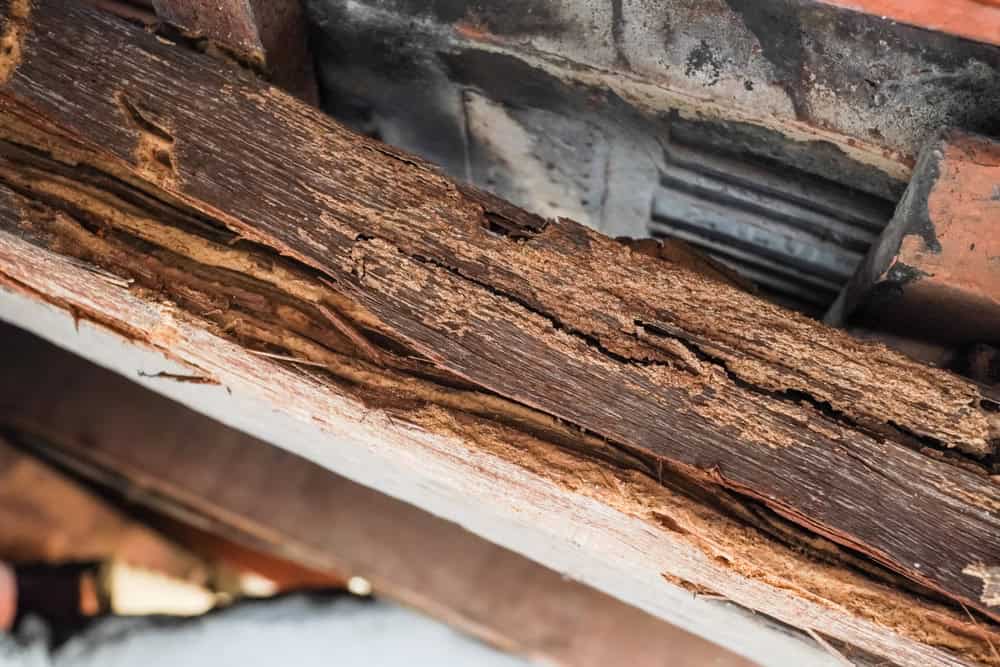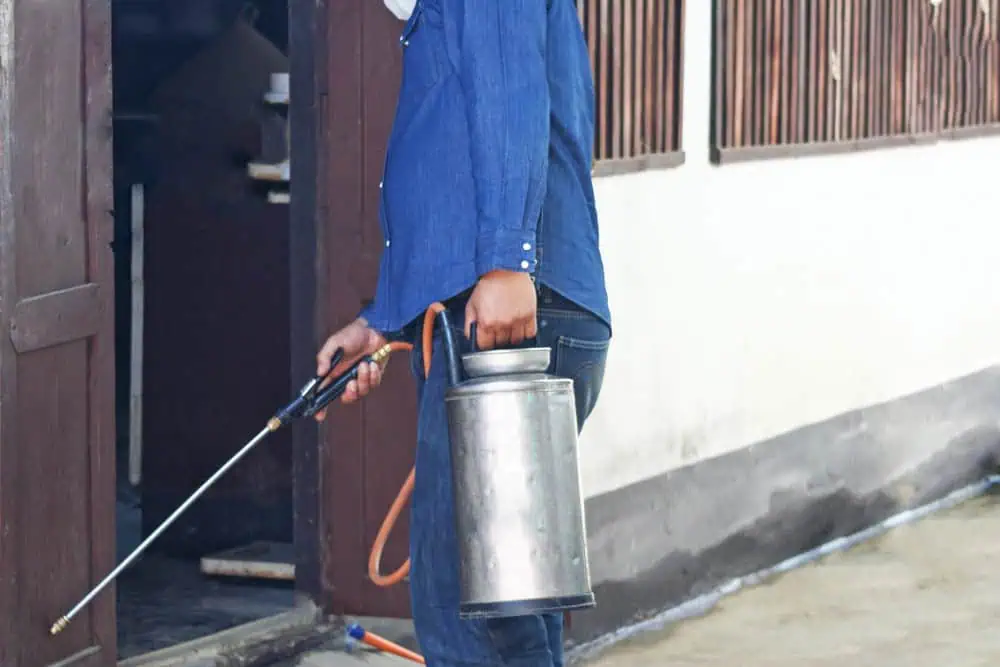Professional termite control that actually works – protecting your home’s value and your peace of mind.

Hear from Our Customers

You’ll sleep better knowing your biggest investment is safe. No more wondering if those small wood shavings mean trouble. No more worrying about hidden damage eating away at your home’s structure and value.
Our termite treatment eliminates active infestations and creates a protective barrier that keeps them from coming back. You get the confidence that comes with professional-grade protection – the kind that actually lasts.
Most importantly, you’ll have a clear understanding of exactly what we found, what we treated, and what to watch for going forward. No guesswork, no surprises, just real protection you can count on.
86 Pest and Wildlife Removal has been protecting Woodcrest Acres homes from termite damage for years. We understand how New Jersey’s climate and soil conditions create perfect conditions for subterranean termites – and exactly how to stop them.
You’re not getting a generic treatment plan copied from some manual. You’re getting local expertise that knows which termite species are active in your area, where they’re most likely to attack your home, and which treatment methods work best in our specific conditions.
We’ve seen what works and what doesn’t. More importantly, we’ve seen what happens when termite problems aren’t handled right the first time.

First, we inspect your entire property – not just the obvious spots. We’re looking for active termite signs, conducive conditions, and potential entry points most people miss. You’ll know exactly what we found and why it matters.
Next, we create a treatment plan specific to your situation. If you have active termites, we eliminate them with targeted treatments that work fast. If you’re dealing with conducive conditions, we address those before they become expensive problems.
Finally, we establish ongoing protection. This isn’t a one-and-done service – we set up monitoring and prevention strategies that keep working long after we leave. You’ll know what to watch for and when to call us back if anything changes.

Ready to get started?
You get a thorough property inspection that covers all the areas termites target – foundation walls, crawl spaces, basement areas, and exterior conducive conditions. We check for active infestations, previous damage, and conditions that attract termites in the first place.
Your treatment is customized based on what we actually find, not a standard package that may or may not fit your situation. We use professional-grade products that eliminate active termites and create long-lasting protection barriers.
Most importantly, you get clear explanations throughout the process. We’ll show you exactly what we found, explain why it’s happening, and give you practical steps to prevent future problems. No technical jargon, no scare tactics – just honest information you can use to protect your investment.
